At the pace technology advances, has given rise to a trend of products breaking down too easily, cannot be reused, repaired or recycled, or are made for single use only. While ignoring the lure of faster and sleeker devices isn’t easy, keeping an older gadget healthy is much easier than you think!
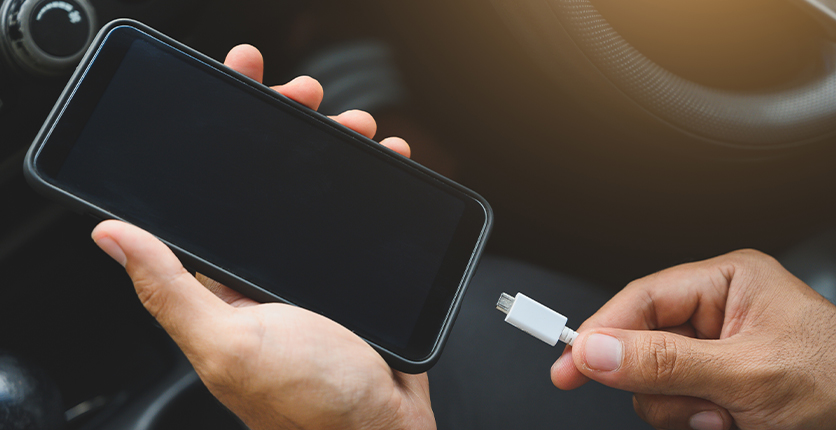
Unplug when fully charged
Lithium-ion batteries are powering the vast majority of devices today, from laptops to smartphones. As such, people tend to leave them plugged into their respective chargers to keep them topped off and ready to go at a moment’s notice.
Unfortunately, a battery that is constantly kept at full charge is also putting the battery under a certain amount of strain, this is why manufacturers recommend unplugging the device when it has fully charged, and not leaving it to charge overnight.
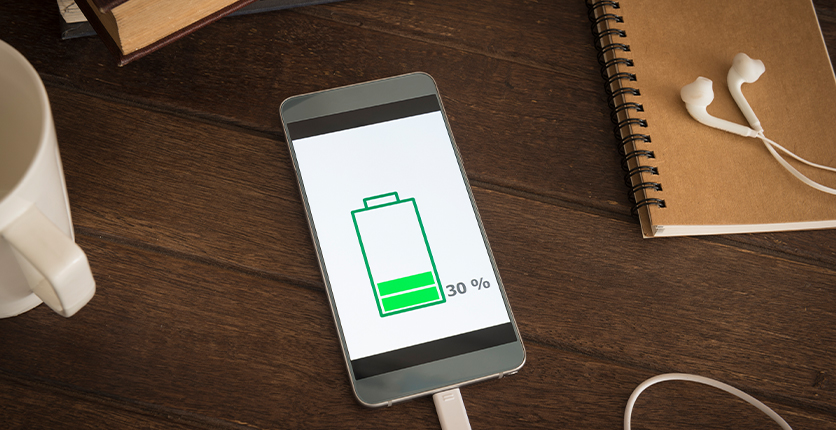
Partial charging
On certain laptops, special control software is preinstalled to limit the battery charge to less than full, which is beneficial to users who use a laptop which is constantly connected to the power outlet.
This odd behaviour has some truth to it. Cadex Electronics Inc.’s Battery University recommends that everyone should adopt a partial charging practice, as these batteries do not respond well to deep cycling, the process of fully discharging and charging. The recommended level to keep the battery is from 30 to 80 percent.
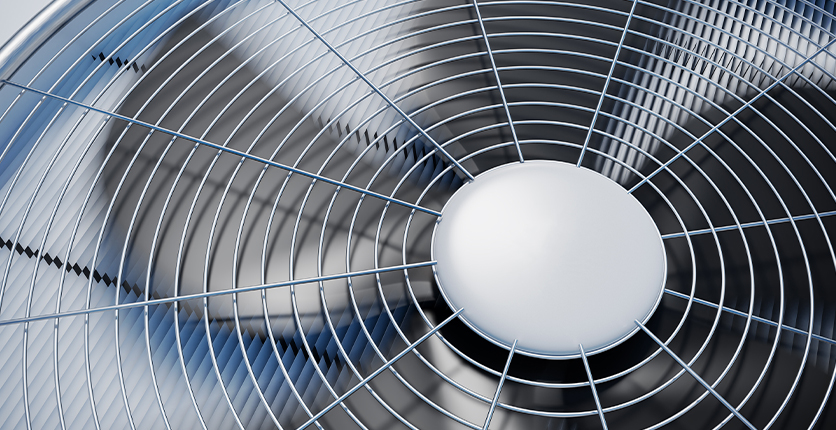
Stay Cool
Life of semiconductor and electronic parts is shortened largely by heat, which is why many devices require thermal management to improve reliability and prevent premature failure.
While most devices are okay to be left in cases, care should be taken to prevent them from overheating. It is recommended to give it space to “breathe” and inspect any vents that allow hot air to escape for any blockages.
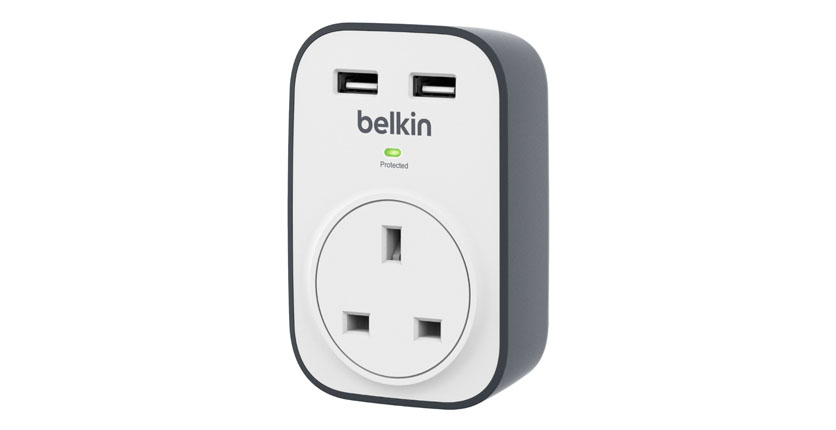
Give it quality power
While it may be tempting to buy cheap chargers, remember that such chargers may not have the necessary protection against overvoltage and might cause a fire should such dangerous spikes reach the device it is connected to.
Investing in a good power surge protector which can prevent power spikes from the main electrical supply is also another key to delivering clean voltage to all devices hooked up to it. Consider buying an uninterruptible power supply (UPS) for pricier electronics such as TVs and computers, those are more capable of handling voltage fluctuations and can save you a fortune in the long run.
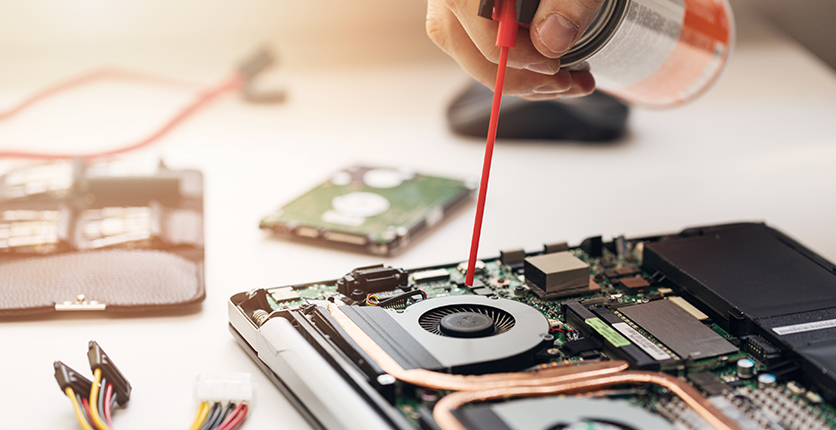
Clean and care
Over time, dust gradually accumulates inside your devices and causes it to operate at higher than normal temperatures. Fortunately, a blast of compressed air is mostly harmless to most devices as long as you clean them when they are unplugged.
There are professional cleaning services for more complex devices if you are unsure of how to do it yourself, it may well be worth forking out a token than risk a permanently damaged device.

Consider the more expensive option
Spending more on appliances and electronics might save you money in the long run. While a budget friendly model may serve its purpose, the quality of materials used in the construction are dictated by price. Cheap capacitors and flimsy printed circuit boards are common failure points in electronics, thus it makes sense to spend a bit more for the sake of build quality.









